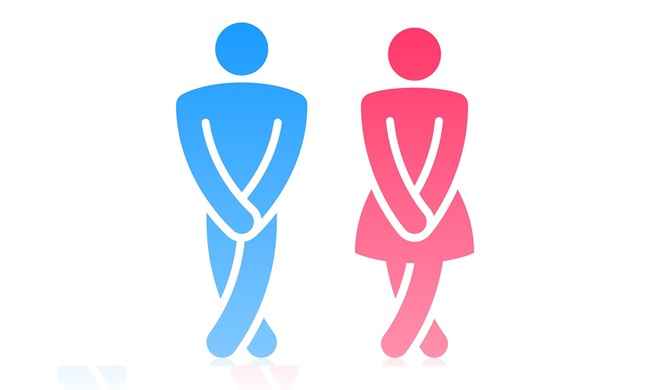Maybe you felt a little urine trickle out during your last workout. Or you had the sudden, uncontrollable urge to urinate and had to run to the restroom while out to dinner with friends. Regardless of how it happens, you’ve probably experienced urinary incontinence.
In fact, urinary incontinence (UI) — or the loss of bladder control — affects more than 13 million people in the United States. The condition can range from minor and only irritating to severe and debilitating.
UI can feel embarrassing, but frankly, most people experience it at one time or another in their lives. Here’s what you should know about the condition.
The types of UI
There are three main types of urinary incontinence: stress, urge and mixed.
Stress incontinence is the involuntary leakage of urine after an action such as sneezing or coughing.
Urge incontinence is a sudden, strong need to urinate caused by bladder spasms.
Mixed incontinence is exactly what it sounds like — a combination of stress and urge incontinence.
The causes of UI
Some triggers for UI are found in your diet, including:
- Alcohol
- Caffeine
- Carbonated drinks
- Artificial sweeteners (such as Splenda® and Sweet’N Low®)
- Corn syrup
- Foods high in spice, sugar, or acid
Urinary incontinence has a variety of causes other than foods, including certain medications, large doses of vitamins B or C, urinary tract infections, or constipation. More persistent UI is more common among women and can be caused by pregnancy, childbirth, age-related changes, menopause, or hysterectomy.
Not just a woman thing
While urinary incontinence is more common among women, men also experience the condition. Men who have medical conditions or diseases affecting the nerves, such as stroke or Parkinson’s, or the prostate, such as benign prostatic hyperplasia (BPH) or prostate cancer, are more likely to experience urinary incontinence.
Along with stress, urge and mixed incontinence, men may also develop overflow incontinence, which causes a constant dribble of urine and a frequent need to urinate.
How to prevent UI
It’s not always possible to prevent urinary incontinence, but there are certain steps you can take to reduce your risk. For optimal bladder health:
- Maintain a healthy weight.
- Do Kegel exercises to strengthen the pelvic floor (Yes, men, you too!).
- Talk with your doctor about medications that may cause incontinence.
- Limit your consumption of beverages containing caffeine or alcohol.
- Skip spicy or acidic foods if you experience incontinence.
- Don’t smoke — nicotine and smoke irritate the bladder.
If you experience urinary incontinence, relief is available! Talk with your doctor about a treatment plan that will best meet your needs. Treatment may include behavioral therapy, oral or injected medications, supportive devices, or surgery.
Your doctor can diagnose the underlying cause of your urinary incontinence and help you find relief. Need a doctor? Find one here.







